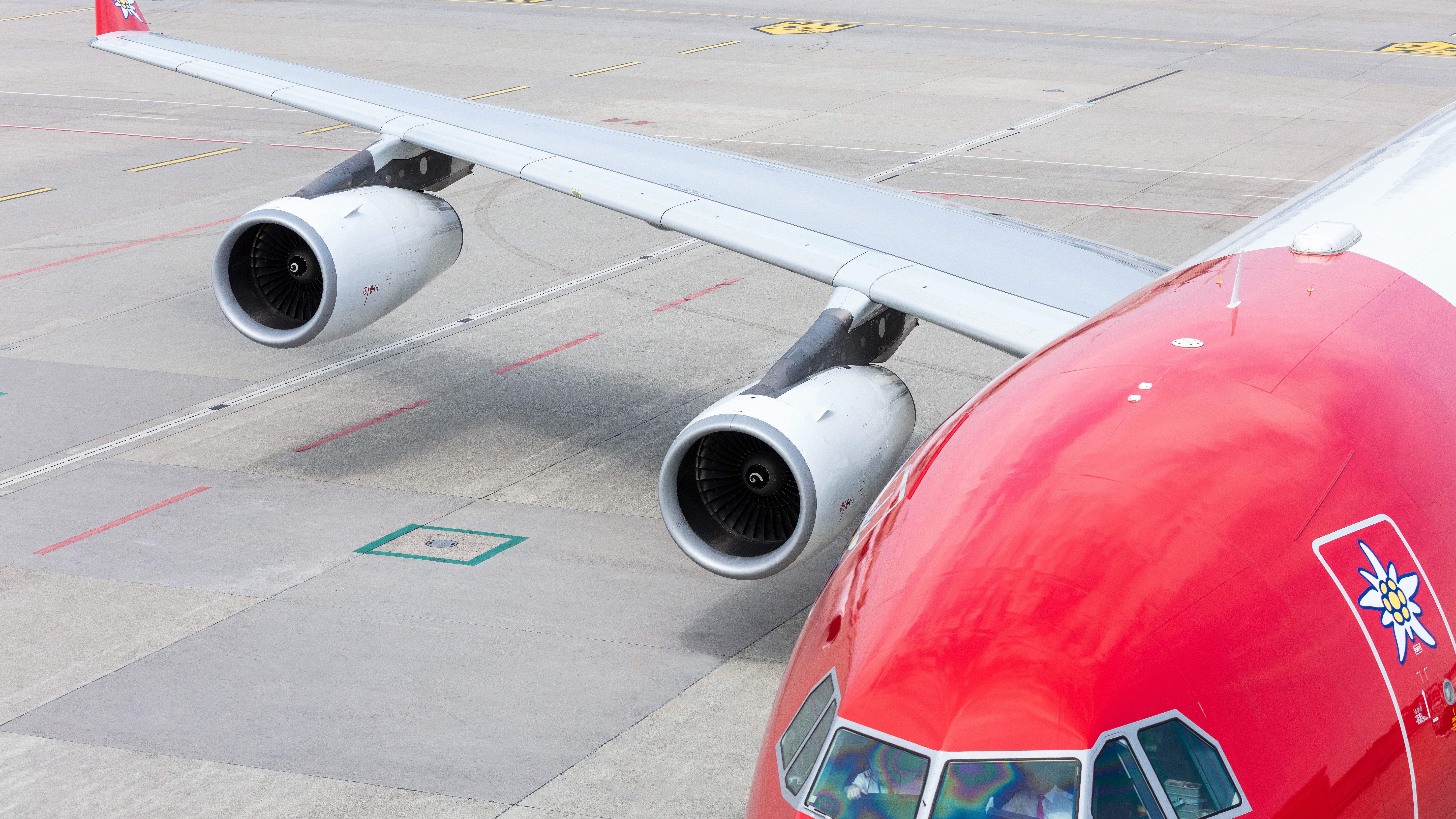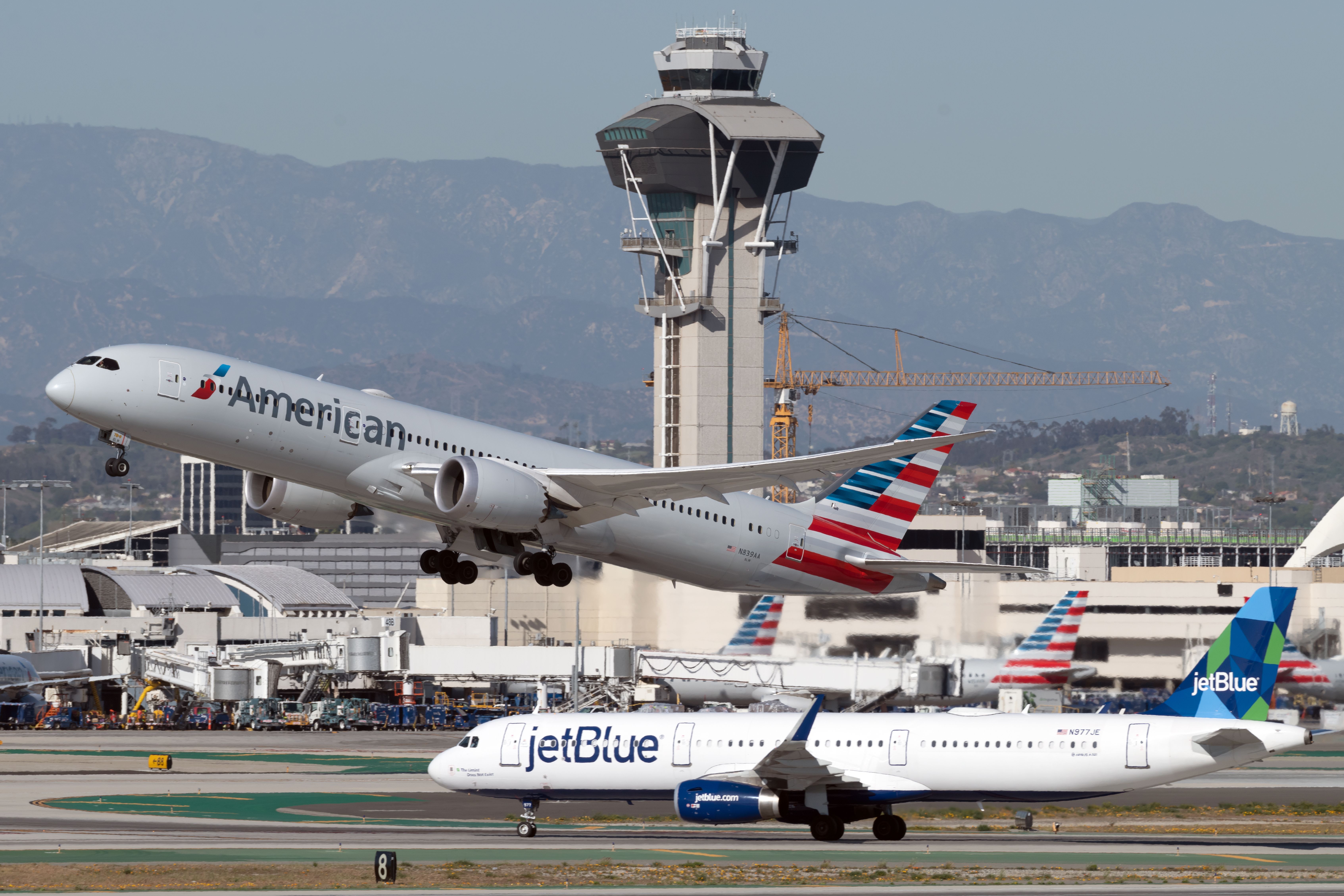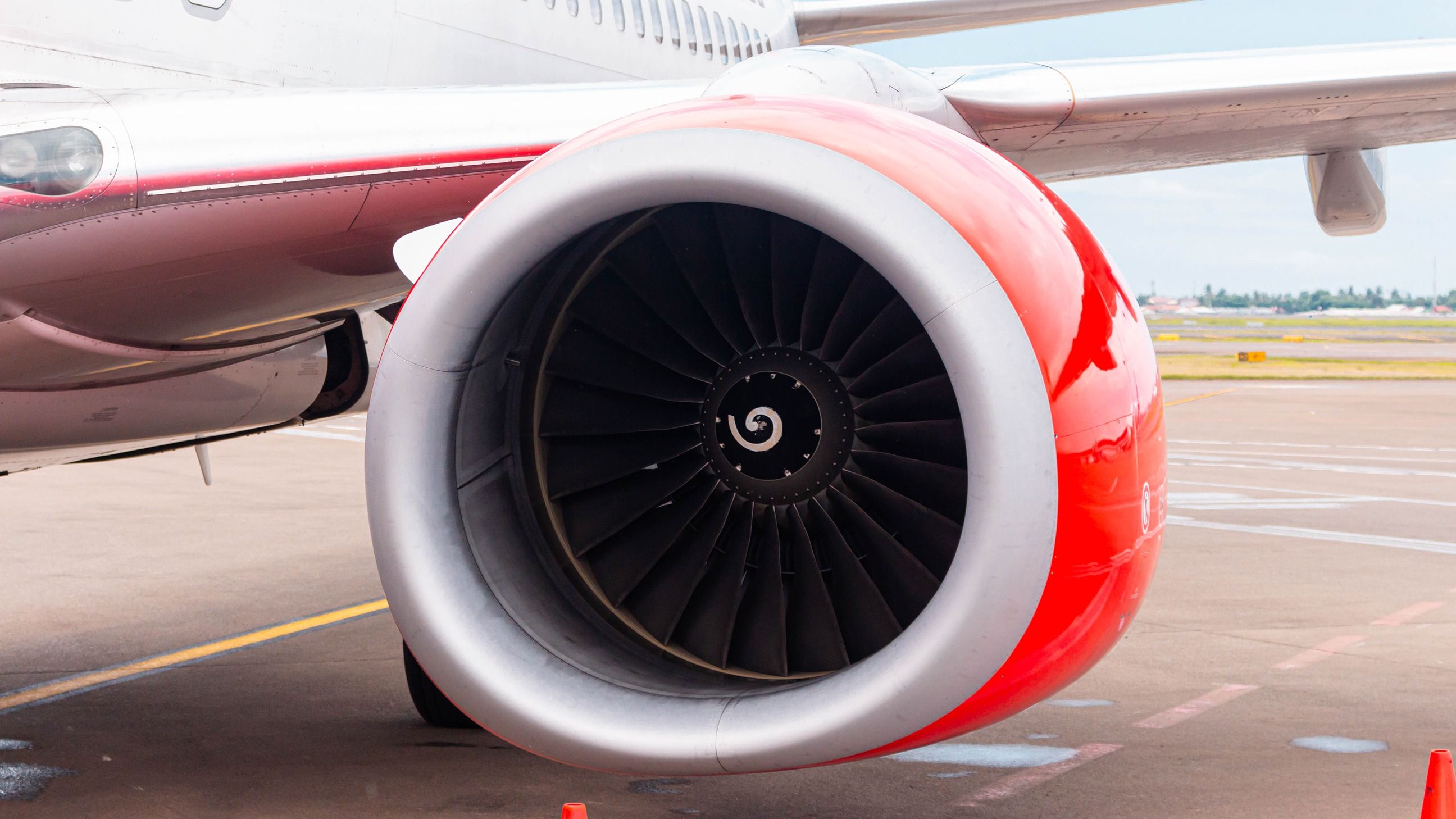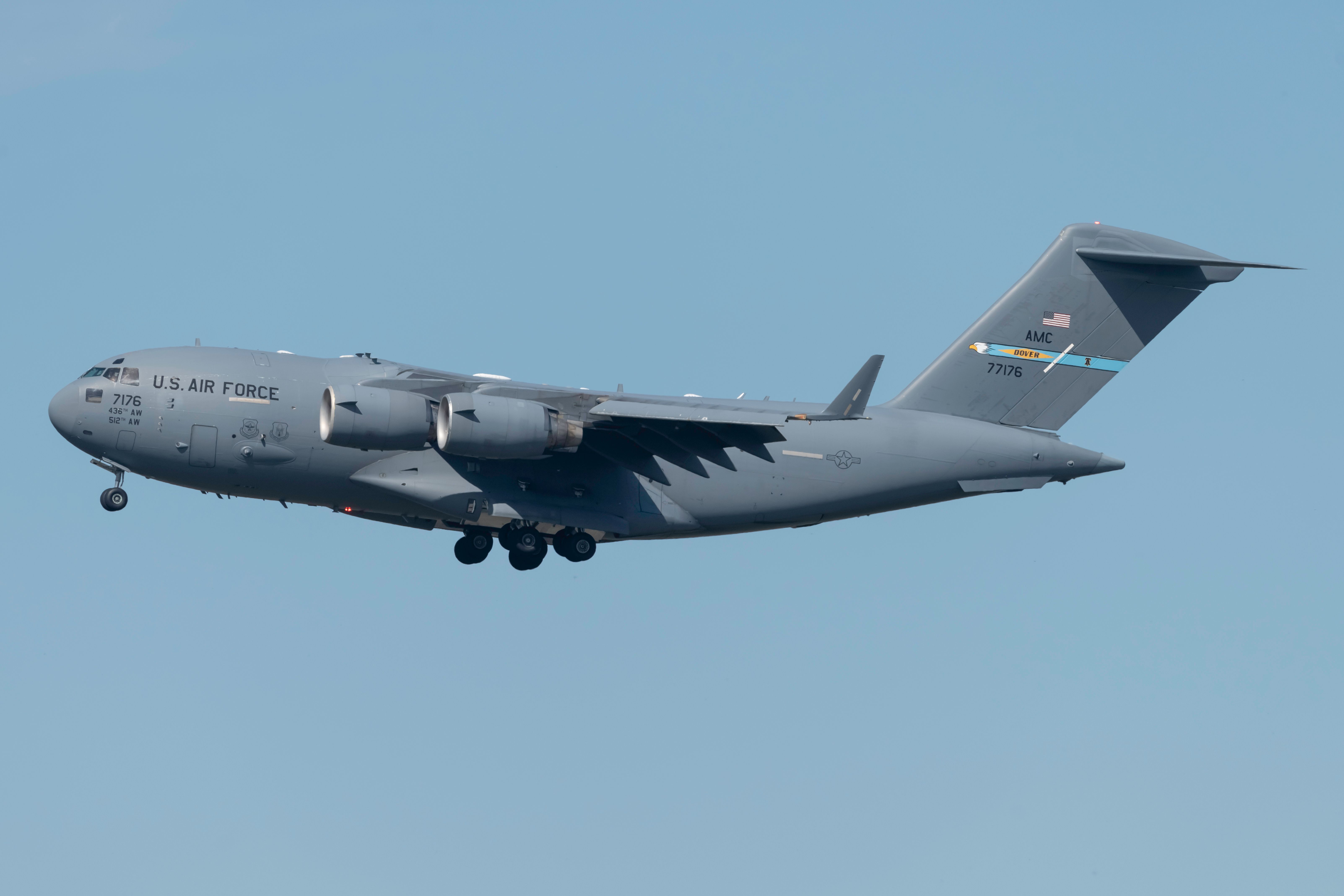Summary
- Airliners typically acquire 3-4 sets of engines during their lifetime due to the limited lifespan of the parts and the economic viability of maintenance visits.
- Short-range narrowbody jets can last almost 35 years with nearly 50,000 flight cycles, while long-range widebody jets can theoretically last several decades with 25,000-45,000 flight cycles.
- Fighter jets have an active life of 5,000-8,000 flight hours and may utilize up to two sets of engines during their operational lifespan.
Several factors define the life of an airliner and an engine. Generally, airframe and engine lifecycle is limited to a certain number of flight cycles or hours. In airframe terms, a flight cycle includes a takeoff and a landing, as well as the pressurization and depressurization of the cabin.
An engine flight cycle can be measured as the engine starting from idle, reaching near-maximum power, and then shutting down to zero power. Before jumping into how many engines an airliner runs through, it is essential to understand the typical lifespans of aircraft and engines.
The typical lifespan of airliners
Short-range narrowbody jets have an intended lifespan of nearly 50,000 flight cycles. On average, an Airbus A320 operates four flights a day and can last almost 35 years of operation, plus maintenance downtime. On the other hand, a long-range widebody jet’s life varies between 25,000 and 45,000 flight cycles, depending on the structure. The composite-driven Boeing 787 Dreamliner is designed for 44,000 flight cycles. These jets can theoretically last several decades with an average of two daily flight cycles.
Unlike commercial airliners, fighter jets are unique due to their mission requirements. These aircraft are exposed to extreme operating conditions such as speed, altitude, maneuverability, and G loads. A typical fighter jet has an active life of 5,000 to 8,000 flight hours. With an average of 20 flight hours a month, fighter jets, plus maintenance downtime, can last well over 30 years.
The typical lifespan of jet engines
While some jet engines are solely designed for a specific aircraft type, others may be used across a wide range of commercial and military aircraft. During their lifetime, jet engines undergo 2-3 complete overhaul cycles. During one or more overhaul visits, engine parts are either repaired or replaced. With very high operating temperatures in the hot section, the time-on-wing significantly reduces in subsequent shop visits.
The average number of cycles before the first overhaul for modern narrowbody engines is 12,000 flight cycles. For the two subsequent maintenance visits, the number of cycles may be reduced to 8,000 and 4,000, respectively. With an overhaul costing several million dollars, further shop visits could not be economically viable for operators. The average number of hours before the first overhaul for modern widebody engines is 20,000 flight hours. Subsequent maintenance visits reduce this number to as low as 5,000 flight hours.
In the end-of-life phase, it is common for jet engines to be installed on smaller type-variants to be operated at lower thrust levels. Engines on a fighter aircraft typically last between 3,000 and 6,000 flight hours.
So, how many engines should an airliner need during its lifespan?
It is not uncommon for commercial airliners to go through 3-4 sets of engines during their lifetime. Operators that use multiple variants of the same aircraft type tend to rotate the engines based on economic viability. Operators of military aircraft such as the Lockheed Martin C-130 Hercules and Boeing C-17 Globemaster usually acquire multiple spares, which can be rotated more frequently than on commercial aircraft. Fighter jets may utilize up to two sets of engines during their operational lifespan.
What do you think about the number of engines airliners typically acquire during their lifetime? Tell us in the comments section.




